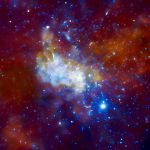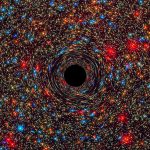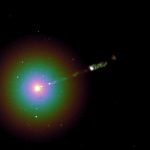A supermassive black hole shredded a star and was caught in the act0
- From Around the Web, Space
- October 16, 2019
Astronomers have gotten the earliest look yet at a tidal disruption event

Astronomers have gotten the earliest look yet at a tidal disruption event

The behemoth at the center of the galaxy flared up in near-infrared wavelengths

Black holes have traditionally been believed to have formed exclusively from stellar remnants. New indirect evidence suggests otherwise.

The finding confirms that gases are orbiting the Milky Way’s gravitational behemoth

Astronomers using the Subaru Telescope have discovered 83 quasars in the distant Universe, from a time when the Universe was less than 10% of its present age.

Researchers from RIKEN and JAXA have used observations from the ALMA radio observatory located in northern Chile and managed by an international consortium including the National Astronomical Observatory of Japan (NAOJ) to measure, for the first time, the strength of magnetic fields near two supermassive black holes at the centers of an important type of active galaxies.

A new model is bringing scientists a step closer to understanding the kinds of light signals produced when two supermassive black holes, which are millions to billions of times the mass of the Sun, spiral toward a collision.

The study, carried out by two researchers at the Instituto de Astrofísica de Canarias, shows that the “change in position” observed in the nucleus of the galaxy M87 is not due to a displacement of its supermassive black hole, but to variations in the emission of light in the centre of the galaxy caused by outbursts coming from its jet, a flow of relativistic material along a narrow beam, emitted from just outside the black hole itself.

These behemoths defy expectations of how quickly black holes feed

It’s not just us humans who get sleepy after big meals. Black holes do, too.